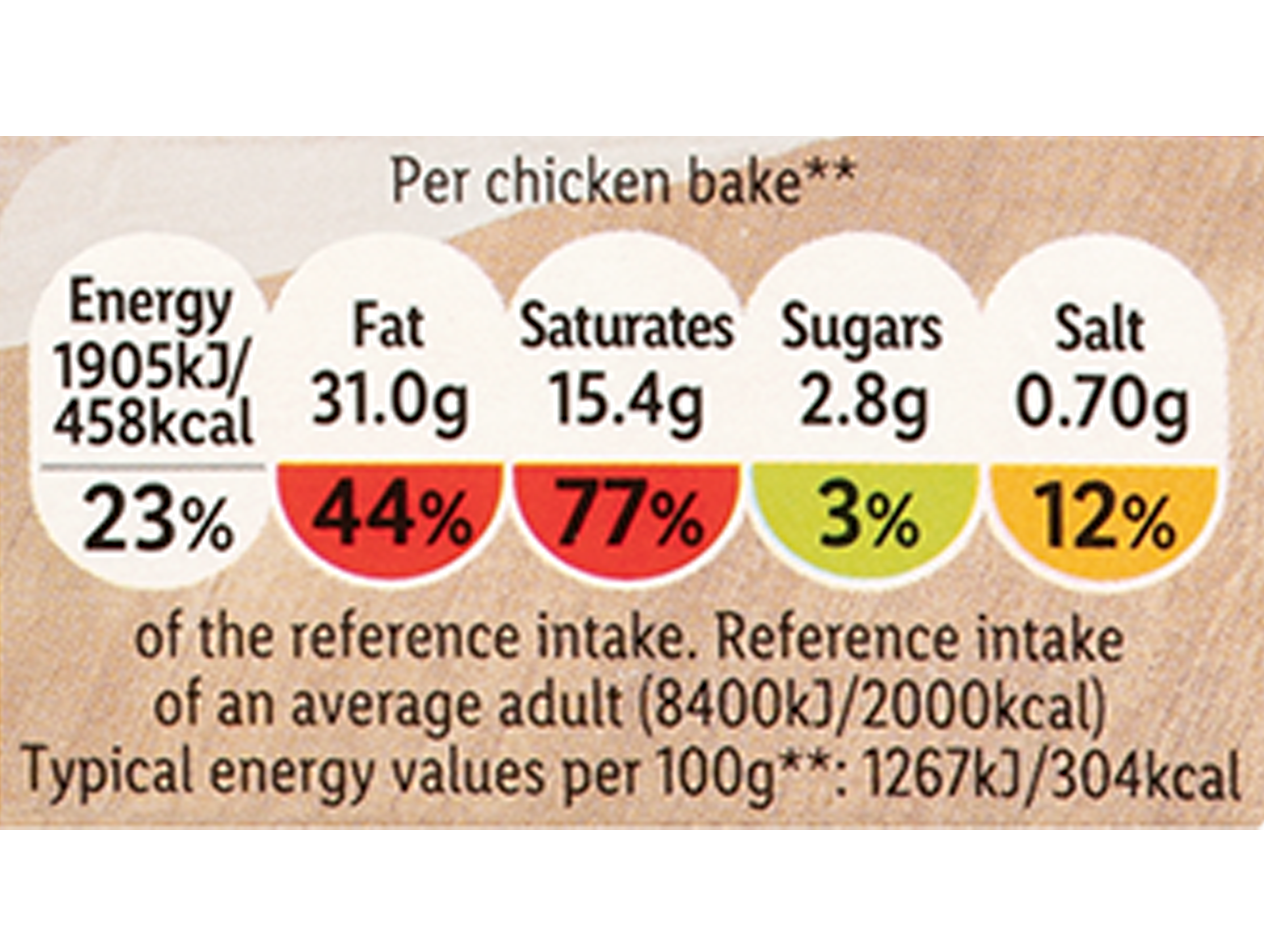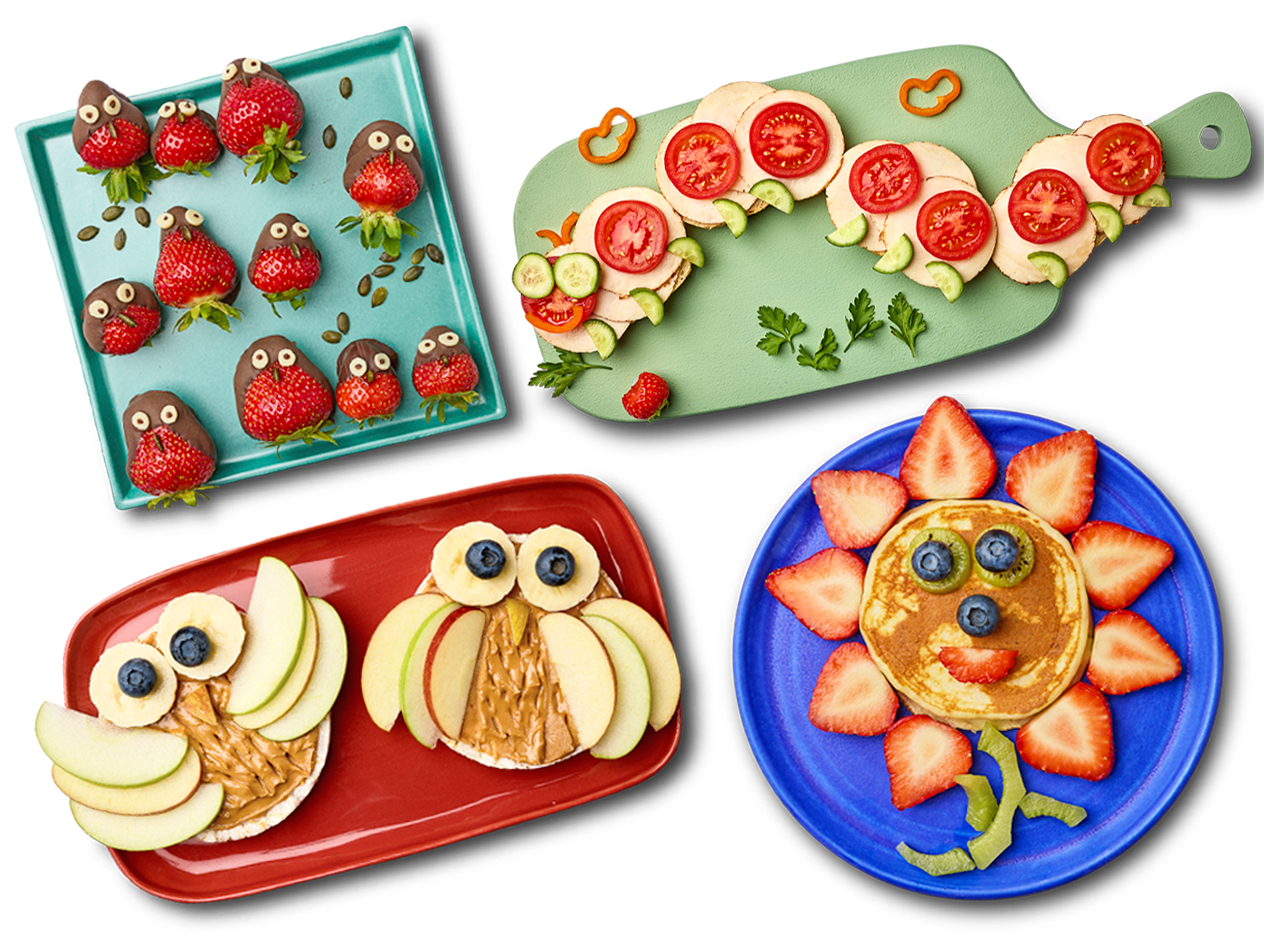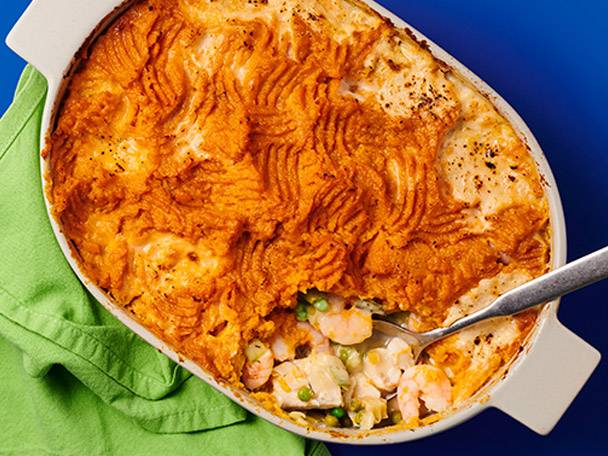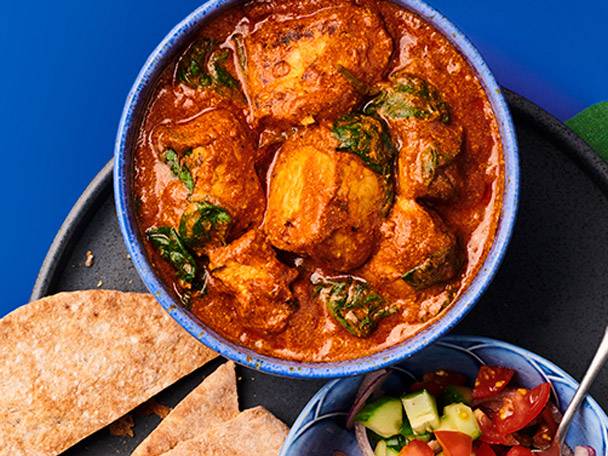
Healthy Eating At Lidl
At Lidl, we want you and your family to be able to choose food and drink that's both healthy and sustainable. A well-balanced diet helps promote good health and can also protect the health of our planet. And the good news is, many of the healthy changes we can make in our day-to-day eating to give our bodies the nutrients they need, are also great for the planet. We’ve got lots of great ideas to help you shop smarter, eat better and be more sustainable.
If you need a Lidl inspiration for healthier meals, take a look at our collection of healthy recipes.
Tips For Making Healthier Swaps
Check out our top tips below that will guide you towards shopping healthier. The trick is to know which foods are better choices and how to incorporate them into your diet. Everyone is different, so each tip can be adapted to suit your lifestyle, culture, dietary requirements and preferences.
- 1
Tip 1 - Fibre up.
Opt for brown rice, wholemeal bread or wholewheat pasta. Choose high-fibre, low sugar cereal, top with fruit / seeds.
- 2
Tip 2 - Eat your five-a-day.
Your five portions should include a variety of fruit & vegetables, as they contain different nutrients. Eat the rainbow!
- 3
Tip 3 - Vary your protein intake.
Try plant-based proteins: Beans, pulses, nuts & seeds. If opting for animal proteins, choose eggs, fish & lean meats.
- 4
Tip 4 - Eat two portions of fish a week.
Try to have at least 2 portions of sustainably sourced fish a week, including an oily fish as it's filled with Omega-3.
- 5
Tip 5 - Limit 'treat' foods.
Go small and less often for treat foods such as chips, crisps, chocolate, cakes, biscuits, soft drinks and butter.
Understanding Nutrition Labels
Understanding nutrition labels can help us make healthier choices. Take a look at the ‘Traffic Light Labelling’ on the front of most of our products. These can help identify foods that are high in fat, saturated fat, salt and sugars, plus the number of calories each serving provides. Here are some tips to help you understand these labels:

Understand your colours
- Red means high in fat, saturates, sugar or salt
- Amber means medium amounts of fat, saturates, sugar or salt
- Green means low in fat, saturates, sugar or salt
- Try to opt for more greens and ambers – and fewer reds!
Understand your calories
- The labels also show how many calories one serving will provide.
- The average woman needs about 2,000 calories per day and the average man about 2,500 calories a day.
- The amount children need varies and depends on their age, size and physical activity levels.
Understand your reference intakes
- Nutritional information may also be given as a percentage of the reference intake (RI) – RIs are based on average requirements for adult females.
- RIs are a guide to the maximum amount of fat, saturates, sugars and salt that adults should eat each day as part of a healthy, balanced diet.
Understand your portions
- Use the serving size on the pack as a guide to eating the right portion size. For example, a frozen pizza that serves 2 tells us that the portion for one person is half the pizza.
- Note that information on food packs will usually be for adults so portion sizes will generally be smaller for children.
Meal Planning On A Budget
Planning your meals in advance and listing the ingredients you need to buy can also help you save money in the long run – here are some tips:
Plan your meals and write a shopping list
- If you stick to your list, you're less likely to be tempted to buy items you don’t need – this can help cut down on waste and save money.
Look for Lidl Plus vouchers
- Stock up on long shelf-life products like dried pasta, rice, noodles, canned vegetables, nuts and seeds and breakfast cereals when they have a Lidl Plus offer.
Choose canned oily fish in oil or water
- Canned fish, like sardines and tuna, is normally cheaper than buying fresh fish, is easy to prepare and has a long shelf-life.
Get The Whole Family Involved
Having an interest in food and healthy eating early on in life can help provide lifelong skills and an enjoyment of food and cooking. Check out our top tips to inspire your kids to eat healthily:

Choose healthy recipes together
- Involve them in choosing what they eat. This will help them to be more willing to try new things.
Shop together
- Involve them in selecting ingredients that you can then cook together in healthy meals.
Cook together
- Depending on their age, they could help prepare the vegetables, measure ingredients or be in charge of the kitchen timer.
For easy and fun ways to get your children eating their fruit and veg, explore our Fruity Plate Recipes.
Shopping Healthily & Sustainably At Lidl
We have lots of great products to help you eat more healthily and sustainably at home.
Recipes You Might Like
Check out our range of fun and vibrant healthy recipes and wholegrain recipes. We make sure that our healthy recipes aren’t high in fat, saturated fat, sugars or salt, unless from naturally occurring sources. And they will always be able to make at least one nutrition claim, such as high in fibre or source of protein.
In addition to this, breakfast and snack recipes contain no more than 400 calories per portion and at least 1 portion of fruit and vegetables. Lunch and dinner recipes contain no more than 600 calories per portion and at least 2 portions of fruit and vegetables.
This page, along with the healthy recipe criteria, has been developed in partnership with the British Nutrition Foundation. For more information on healthy eating, visit https://www.nutrition.org.uk.


